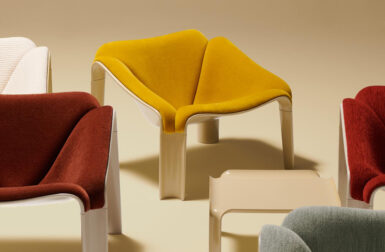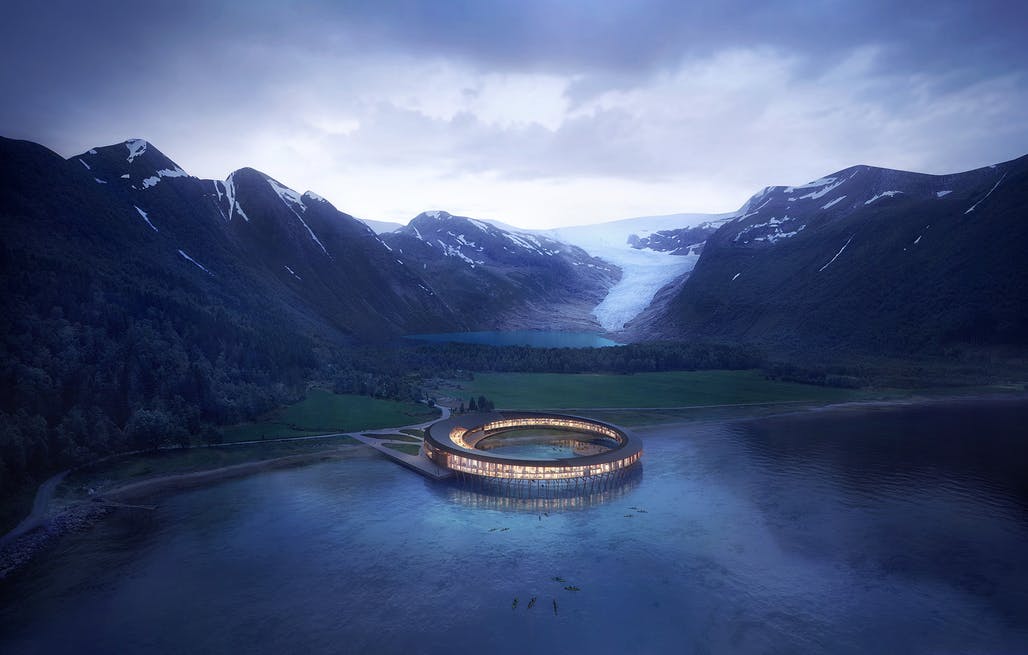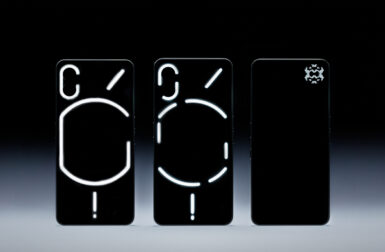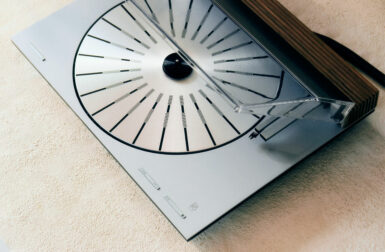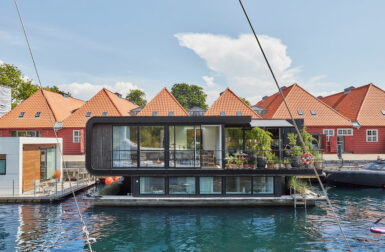Unveiling an “energy-positive” concept doesn’t seem so out of left field for Norwegian architecture firm Snøhetta. They’re the same braintrust of designers responsible for this unparalleled vision for wildlife observation; their community of uniquely situated treehouse guest suites nestled high amongst Swedish pine trees inspires arboreal dreams. Their latest project, Svart, is even cooler – literally – an imaginative secluded getaway situated in the most northerly of latitudes: an Arctic Circle energy-positive, Powerhouse certified hotel harnessing the natural beauty and energy of the surrounding landscape from 360-degrees
It should go without saying, Snøhetta relishes projects utilizing technology as a means, but not necessarily as an end, concurrently solving complex challenges related to humankind while bringing nature and the landscape to the forefront of experience. “Svart” is the first Arctic building to be built according to an energy standard where more renewable energy is produced over its lifetime in total than would be required to build, sustain daily operations, and demolish the building.

Inspired by “fiskehjell”, the vernacular A-shaped wooden structures used for drying fish, alongside the “rorbue”, a traditional type of seasonal house used by fishermen, the hotel’s supporting structure lifts the majority of the hotel to hover over the fjord, producing minimal impact to the surrounding ecosystem.
The proposed design evokes a kinder, gentler counterpart of Foster + Partners’ iconic Apple Park – both utilizing a 360-degree curved glass design to capture and frame the surrounding landscape as an extension of the activity within.
Once built – a date still yet to be finalized – the new hotel aims to reduce annual energy consumption by approximately 85% compared to other hotels of similar size and accommodations using a combination of Norwegian solar panels and hydro-energy to keep the structure’s overall carbon footprint at a minimum. Those wondering about how such a cold place could create sufficient solar power: Snøhetta points out the long summer nights of the Arctic result in a annual solar production total exceeding the amount of energy normally gathered in southern regions.
The environmental goals of the project were conceived in partnership with the Arctic Adventure of Norway, a sustainable tourism organization aiming to make the pristine and picturesque landscape as much of a eco-tourist destination as their Icelandic counterparts have enjoyed over the last several years.

